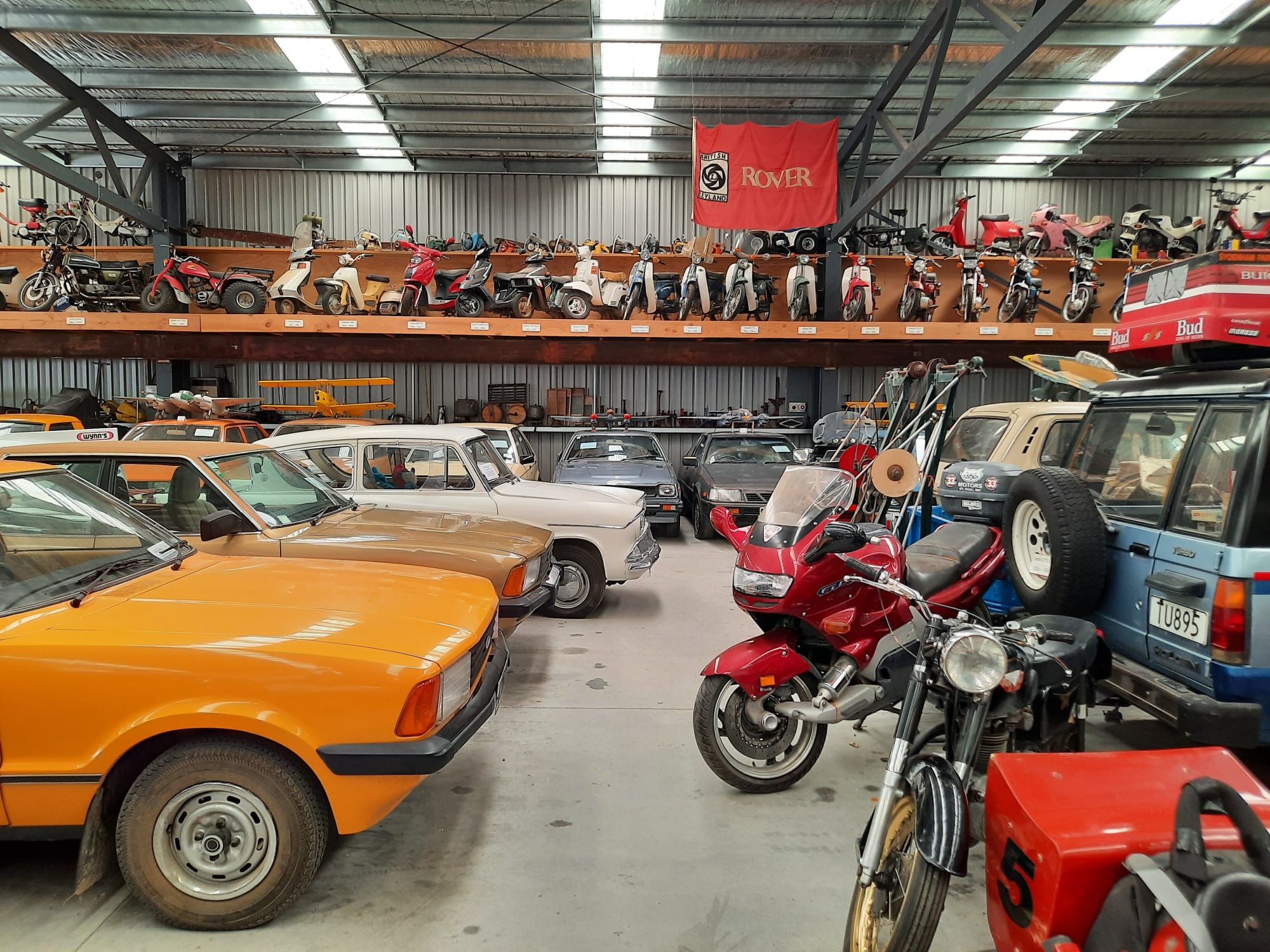National Transport & Toy Museum, Wānaka
Something a little different today as we head out of the cities to the National Transport & Toy Museum near Wānaka.
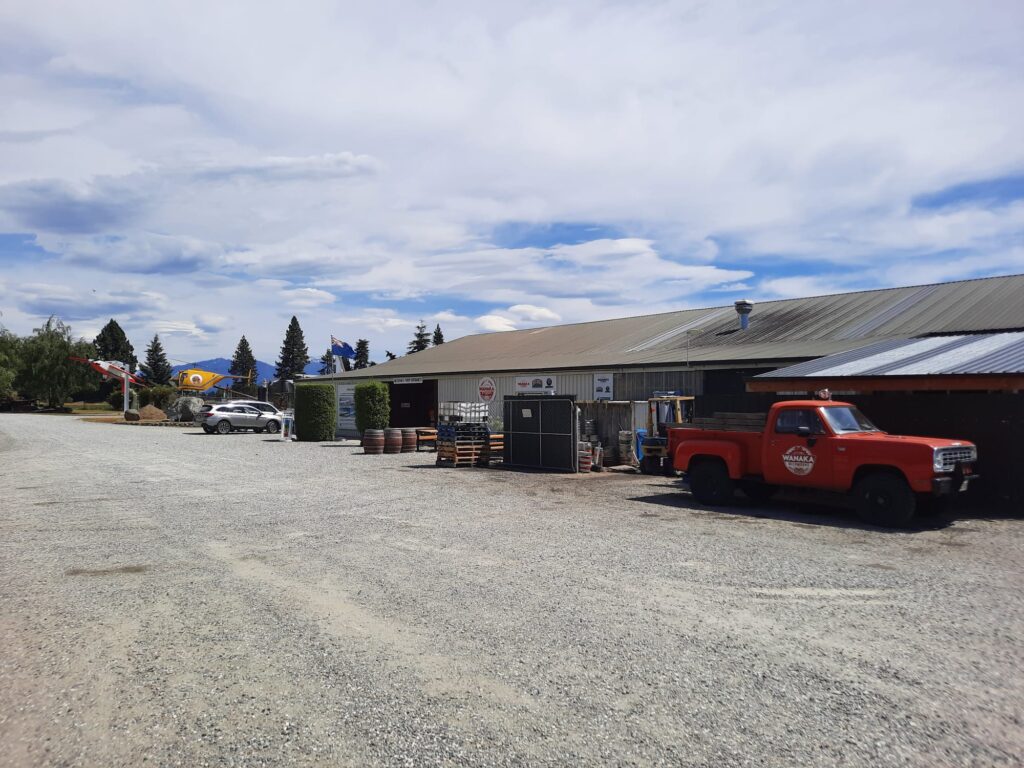

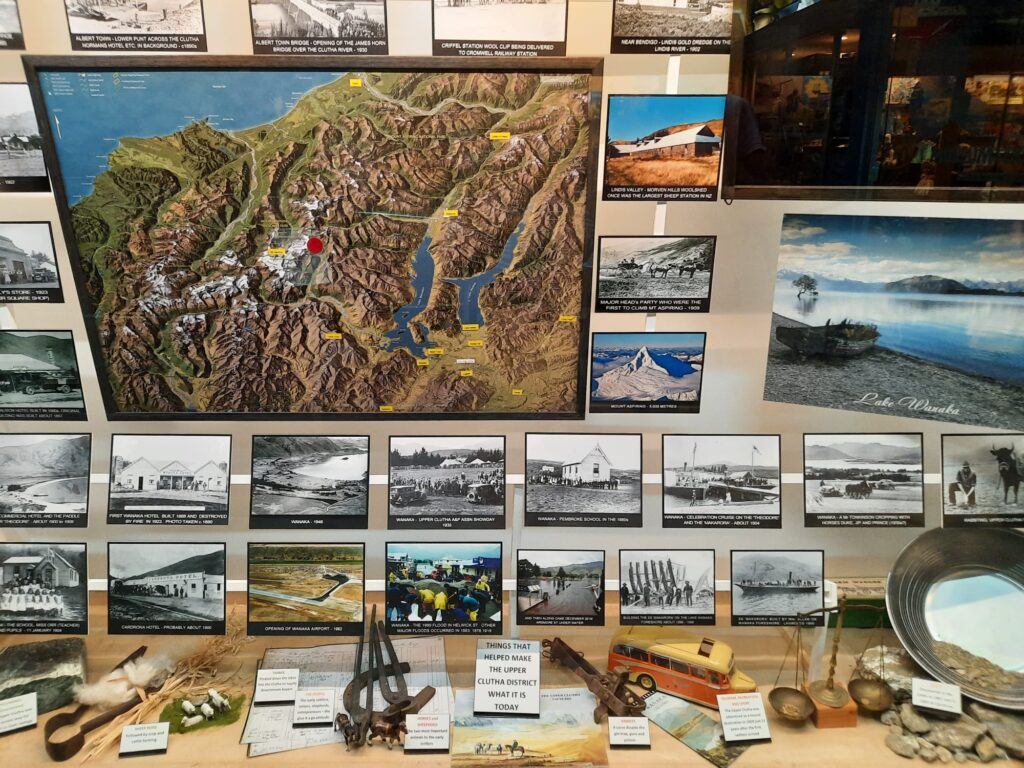
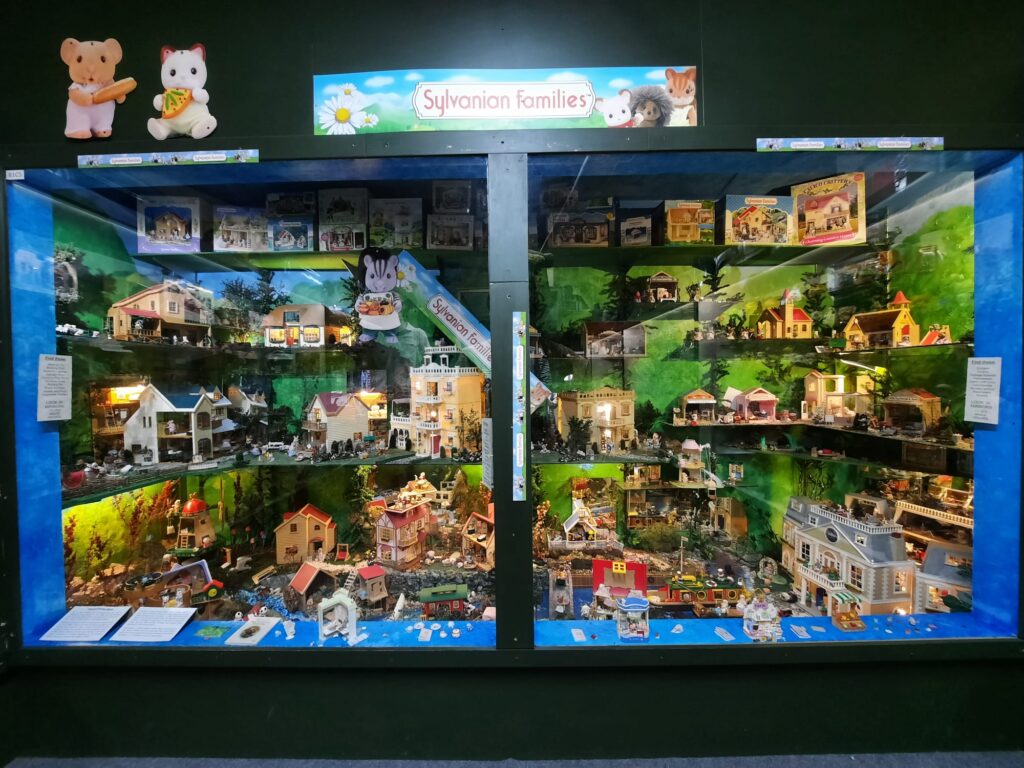
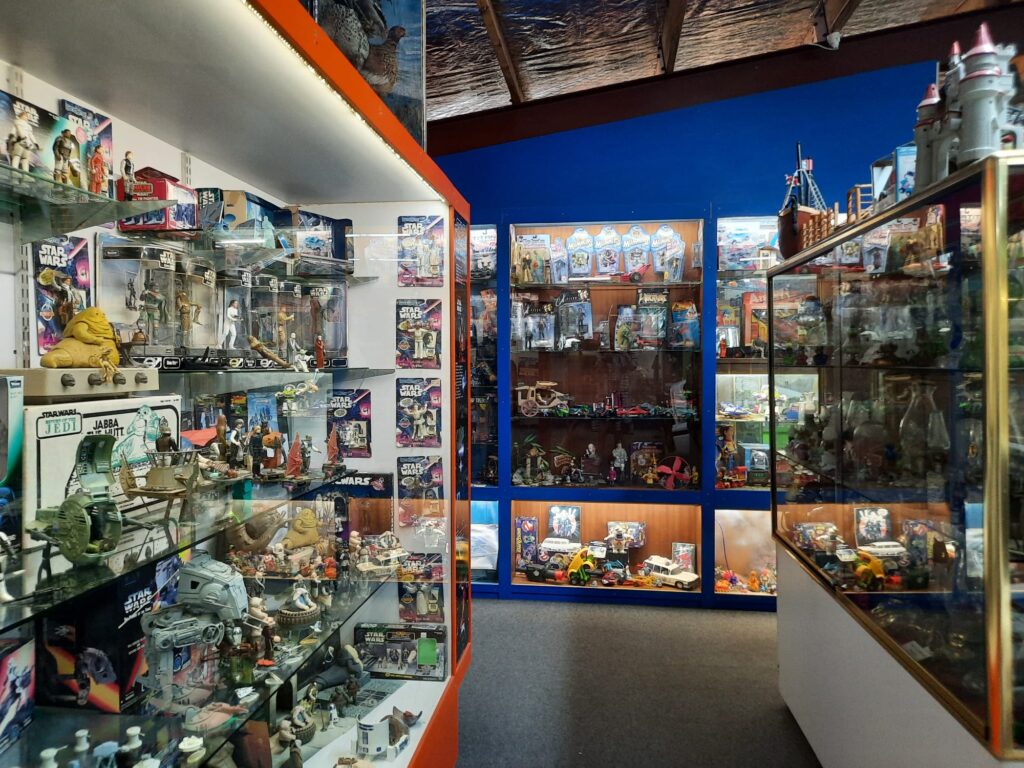
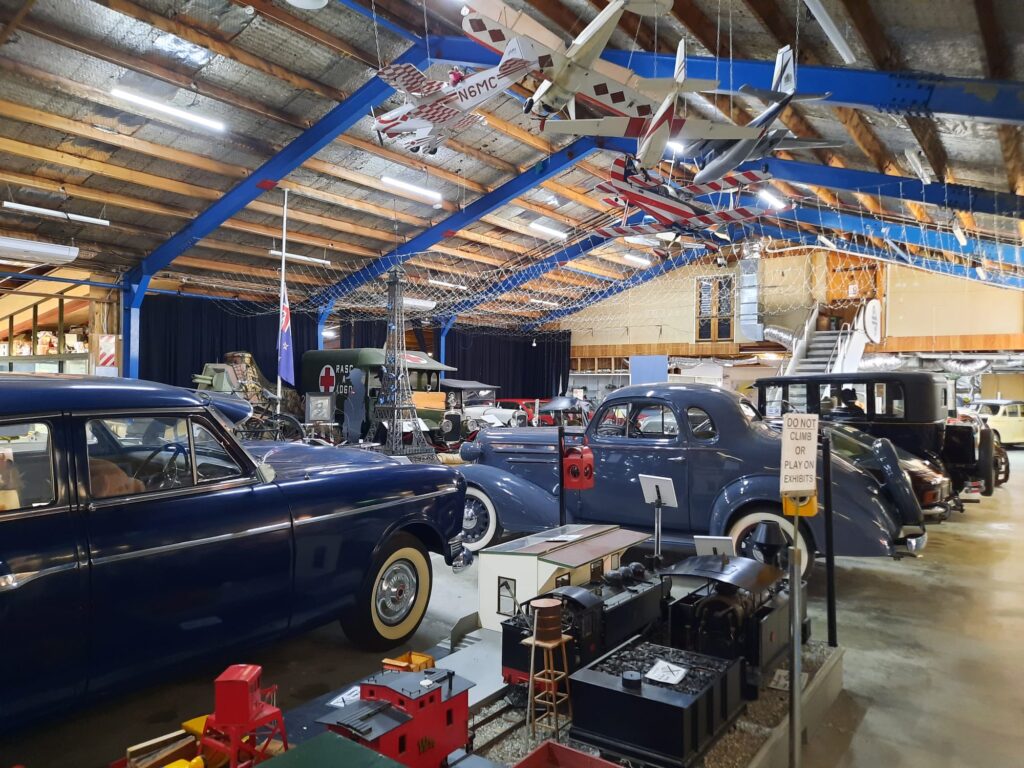
A Different Side to Central Otago
This isn’t the first trip to New Zealand I’ve taken my Salterton Arts Review readers on. Those who have joined me for these Antipodean posts before will know I hail from Dunedin, so come back regularly and love visiting culture and heritage spots old and new. Those who know Dunedin well will know that it’s summer weather is… shall we say hit and miss? So it always pays to plan a little excursion or two to guarantee some sunshine.
Frequently, this (plus catching up with family and friends) brings me to Central Otago. One of the most reliably sunny spots in the country, Central Otago is also interesting for lovers of history and culture. On my last trip, we checked out some sights related to the 1860s gold rush which started in the town of Lawrence and spread across the region. But this time we are doing something a little different.
And that is the National Transport & Toy Museum. This is a place I had never checked out before, despite it being around for a number of years now. But a couple of days with no fixed itinerary is a great opportunity to pull off the highway and see the sights! And the pairing of transport and toys struck me as a curious one: I wanted to know more. So on a typically sunny Central day, we set aside an hour or two to check it out.
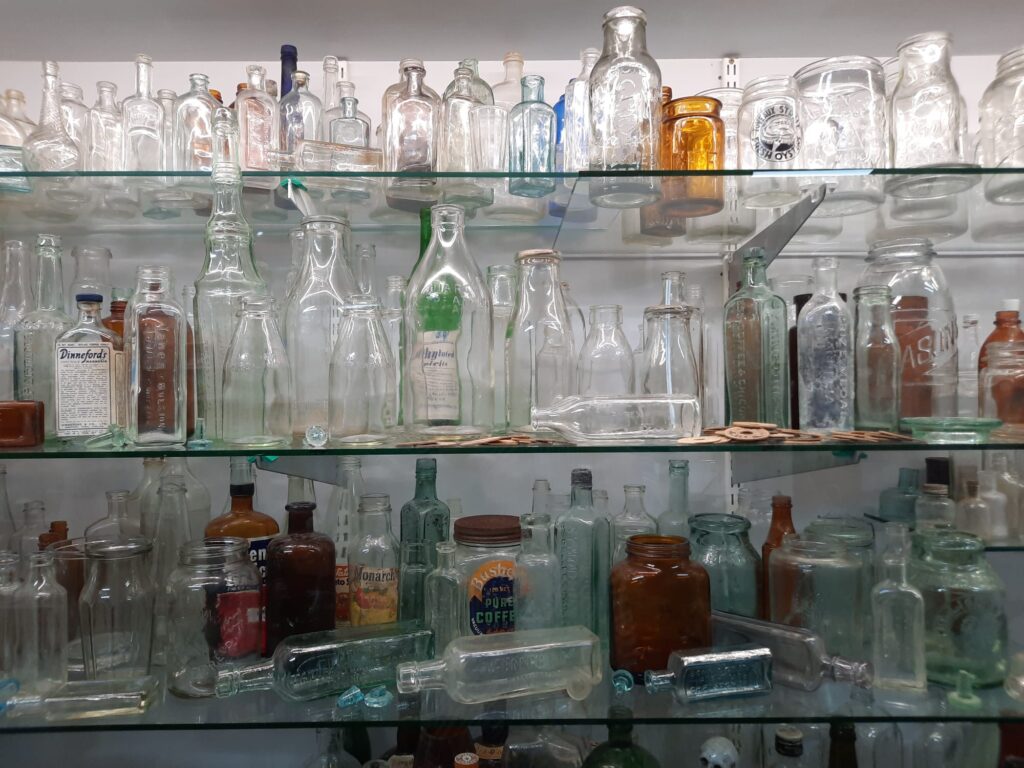
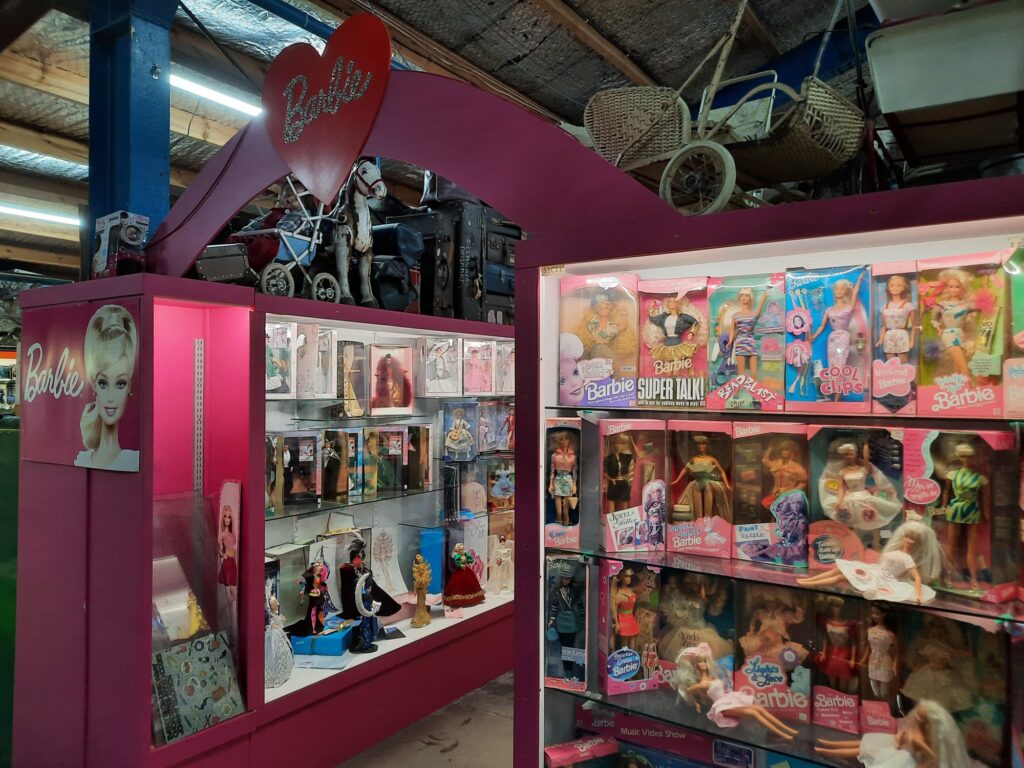

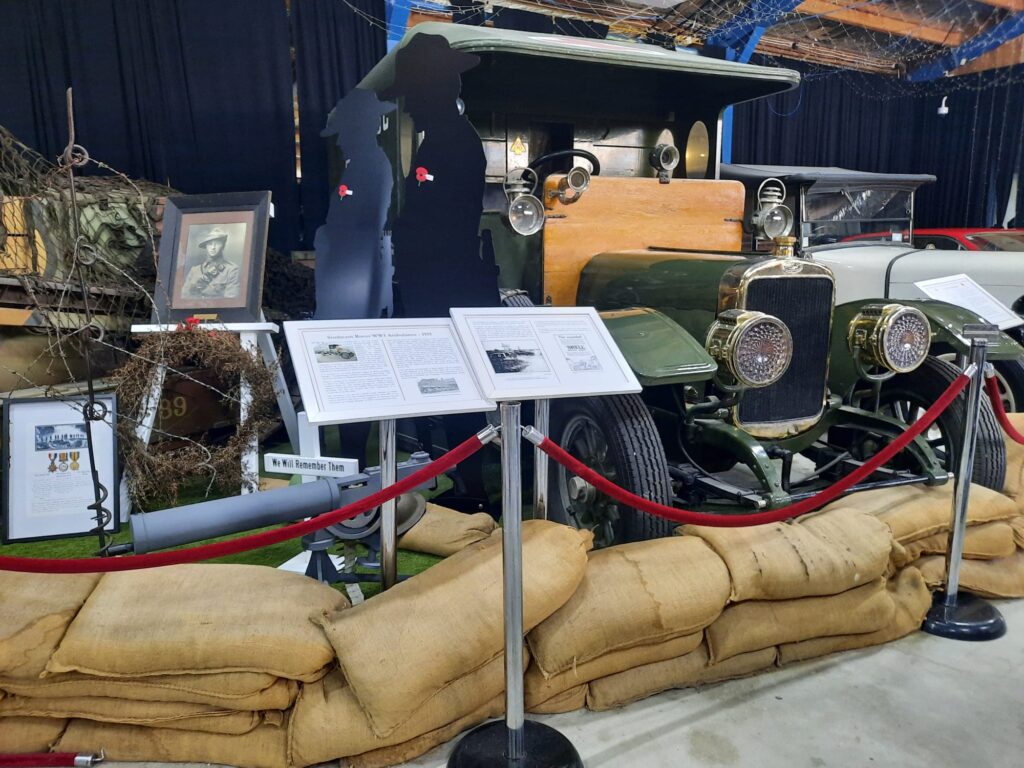

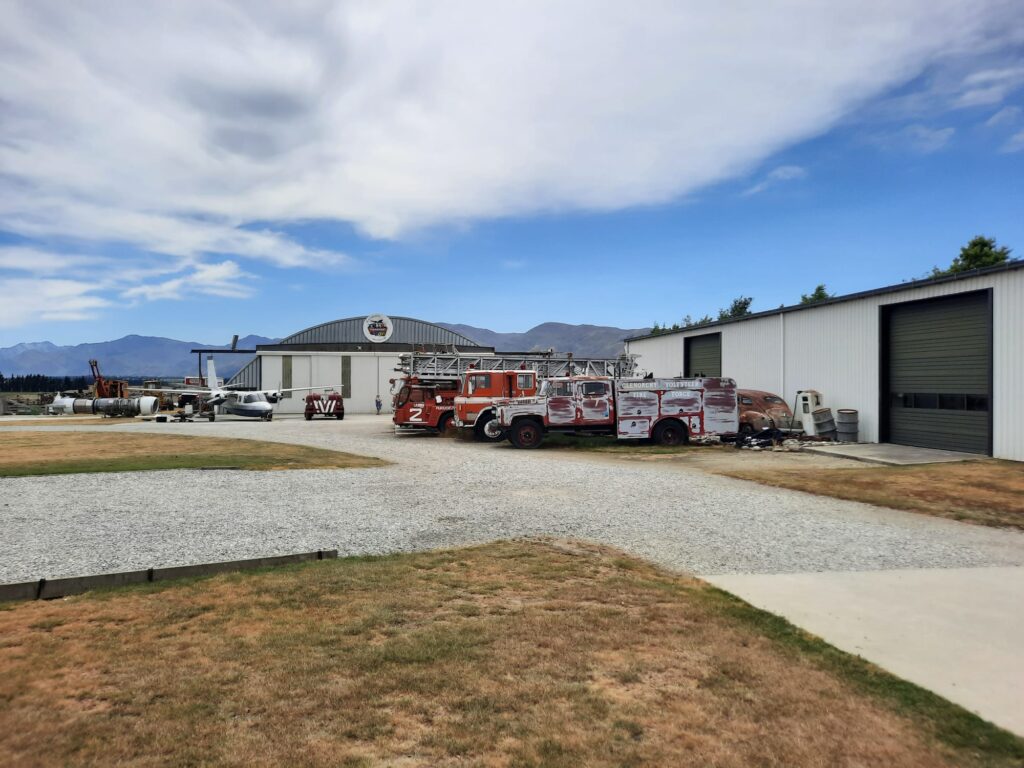
A Collector’s Passion
The National Transport & Toy Museum is located not in the town of Wānaka but just outside it. Very near its airport, in fact, although that is more of a light aircraft than a commercial affair. And the selection of this site was actually very deliberate: its founders were from Christchurch, but found that here they had a nice dry climate, a location just off the main road so as to attract visitors, and easy transport via the airport. Perfect!
And who were these founders? Despite the ‘National’ moniker, the museum actually houses what is apparently one of the largest private collections in the Southern Hemisphere. The original collector was one Gerald Rhodes, and the museum is still owned and operated by the Rhodes family. A professional car and truck wrecker, Rhodes had the means, motive and opportunity to start collecting interesting vehicles. The collection grew exponentially throughout his lifetime, and began to include additional categories, namely toys but other types of object too. A newspaper article about Gerald’s death in 2015, however, shows how much the collection has continued to grow beyond its original founder. Back then, there were over 15 planes, 600 vehicles and 70,000 toys. Today the Wikipedia page for the museum references more than 23 aircraft, 650 vehicles, 100,000 toys.
This ever-growing collection is housed in hangars. When we visited, there were signs of further expansion, so there is no indication the museum’s growth is slowing yet. And it’s already rather a big undertaking to try to see everything. Things are grouped largely thematically: firetrucks together, Barbies, Sylvanian Families, glass bottles, you name it. This has the advantage of allowing visitors to spend time on the things that interest them the most. And whether it’s through nostalgia or another type of interest, there will be at least something here for most visitors.

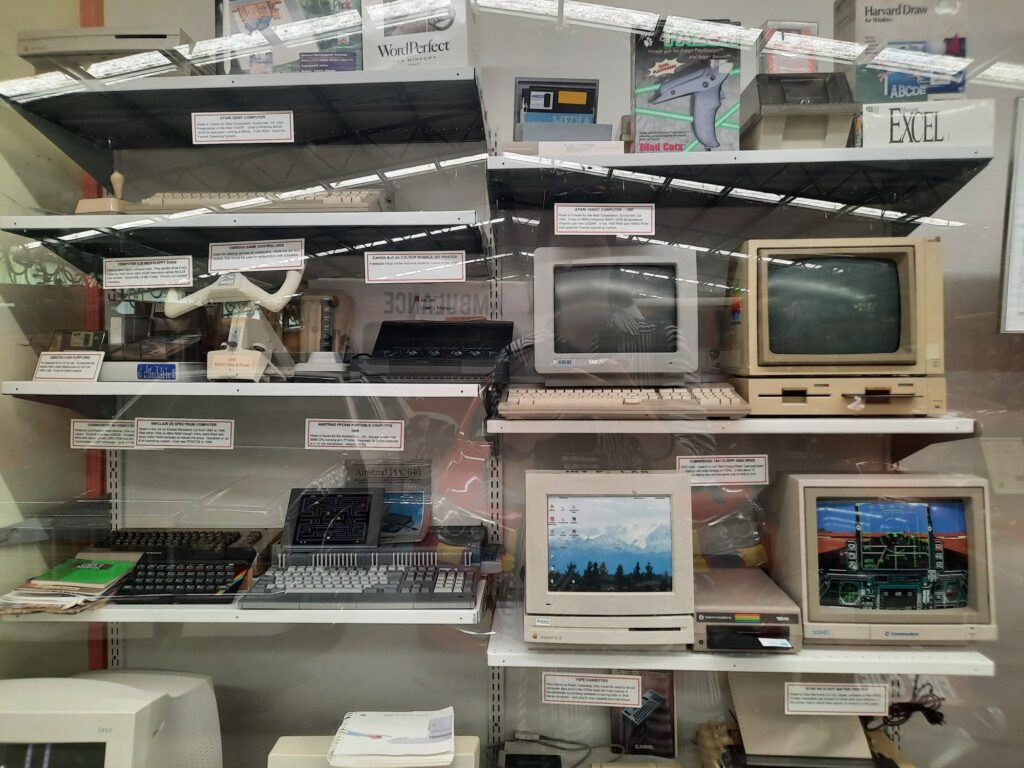
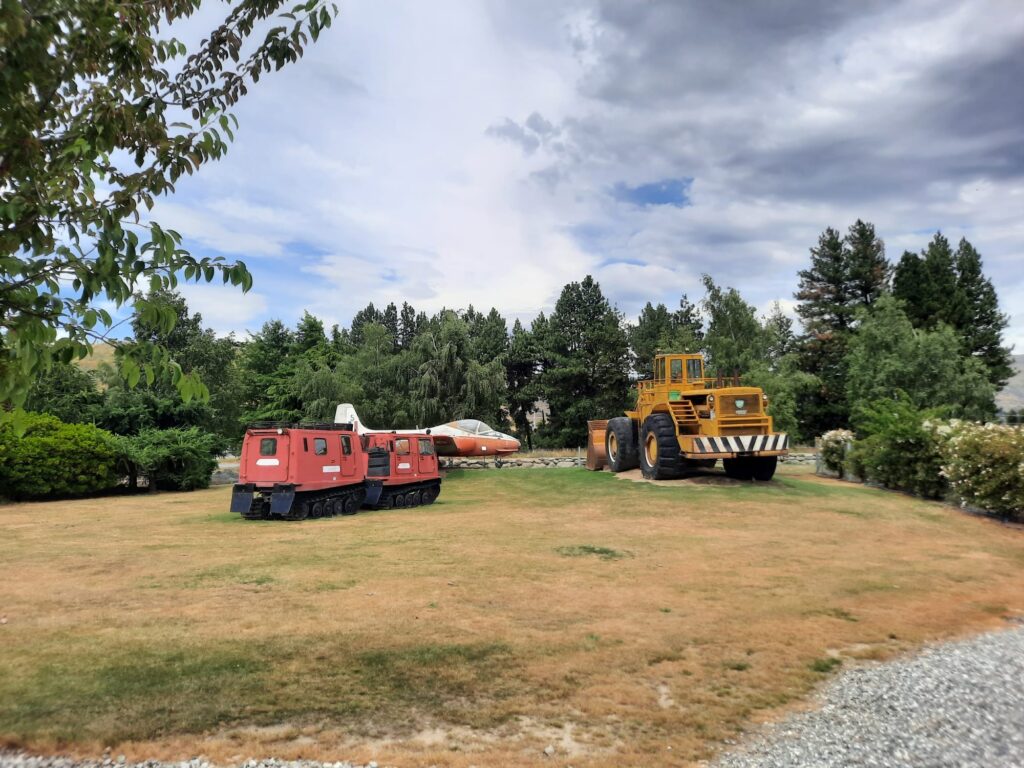
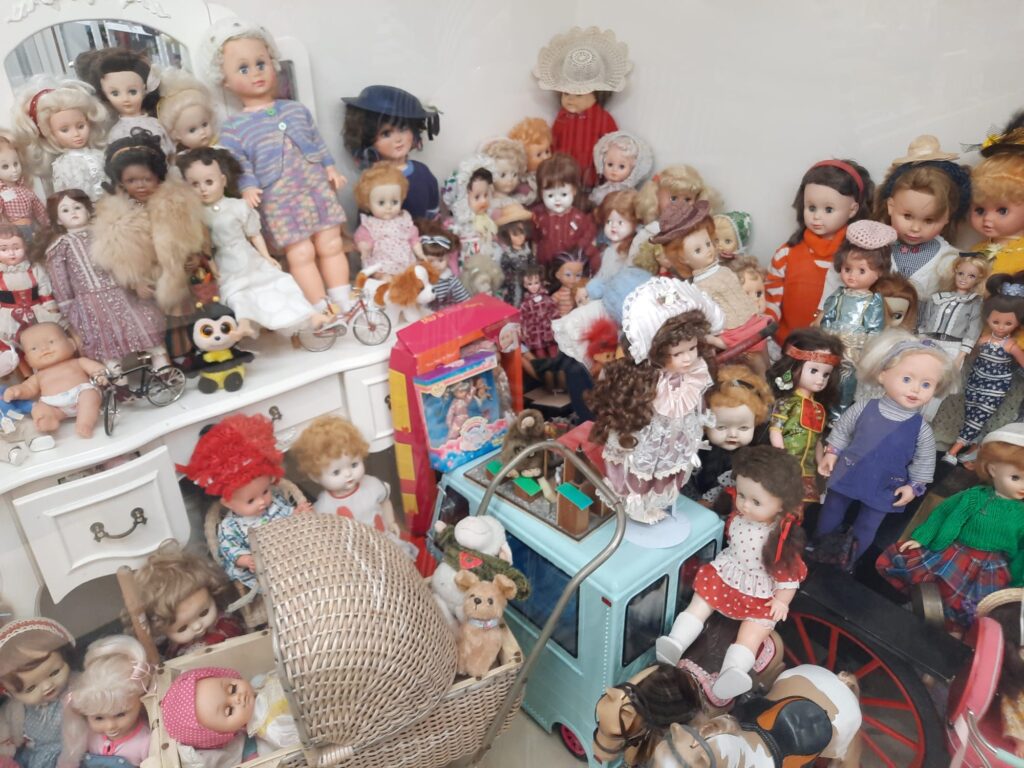

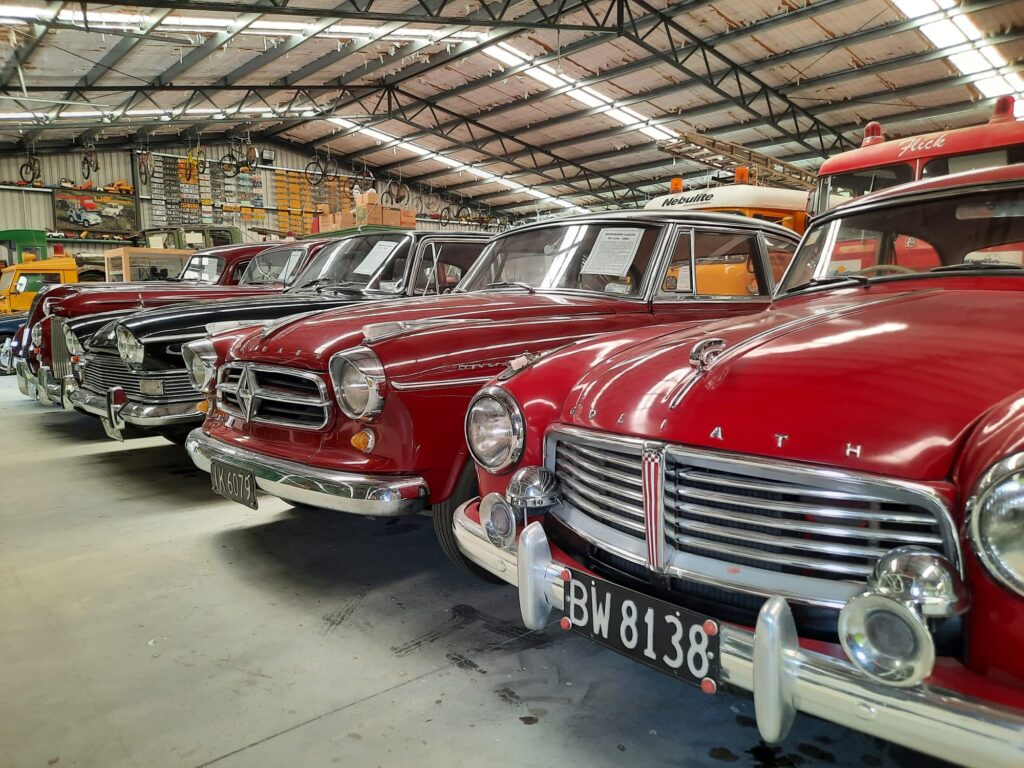
A Few Highlights
With such an expansive and eclectic collection to choose from, it’s difficult to pick a ‘best of’. But for you, dear readers, I shall try. Bearing in mind, of course, that I am an expert in neither transport nor toys, and an expert may have made an entirely different selection.
But let’s start with the transport, first of all. What struck me here was what a compulsive collecting gene the Rhodes family seem to have. Not just one or two fire engines, for instance, but loads of them! And a number of cars that, to me, seemed pretty ordinary, too. Although if nobody preserves the ordinary, the ordinary will end up becoming rare one day. But anyway, I digress. Highlights. I mentioned the fire engines because I liked them. There are some indoors and outdoors, and it’s interesting seeing the evolving technology over the years. A Renault Fire Tender from the 1920s is possibly the only one of its model left in the world. I also enjoyed wandering into plane interiors, such as a Fokker F27-120 Friendship. A set of 1970s airplane stairs built over a truck are also a lot of fun.
In terms of the toys, I have more of a personal connection here, so I tended to like seeing things from my own childhood. Cabbage Patch Kids, for instance (although a human-animal hybrid edition was mildly terrifying). The Sylvanian Families and Barbies I mentioned earlier. Smurfs, too. There’s a huge Star Wars collection. And a lot of dolls. A lot. When you’re out looking at the vehicles, keep an eye out for the odd car packed full of toys: the collection seems to double up as spillover storage.
Finally, there are the oddities. I thought the big Santa face outside looked familiar, for instance. It’s the one that used to grace various buildings in Auckland but has now found a retirement home here. I liked the oddness of seeing a good-as-new copy of Excel from back in the 90s. It’s the sort of place you could come again and again and still find new details. Or new items being added to the collection.
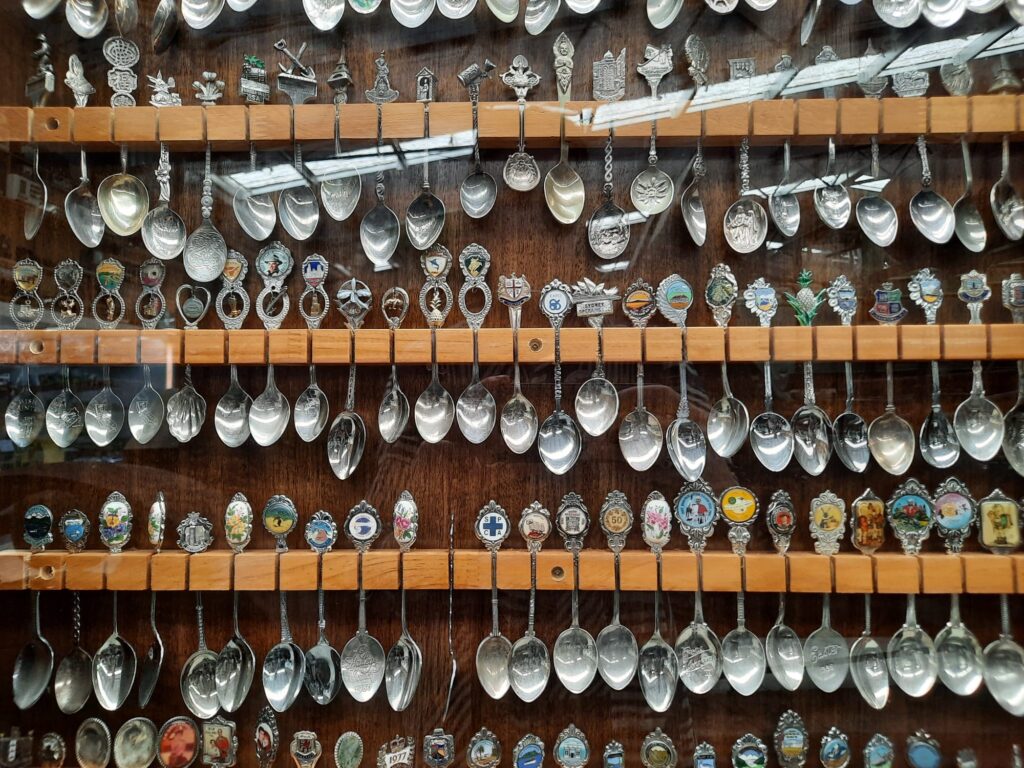

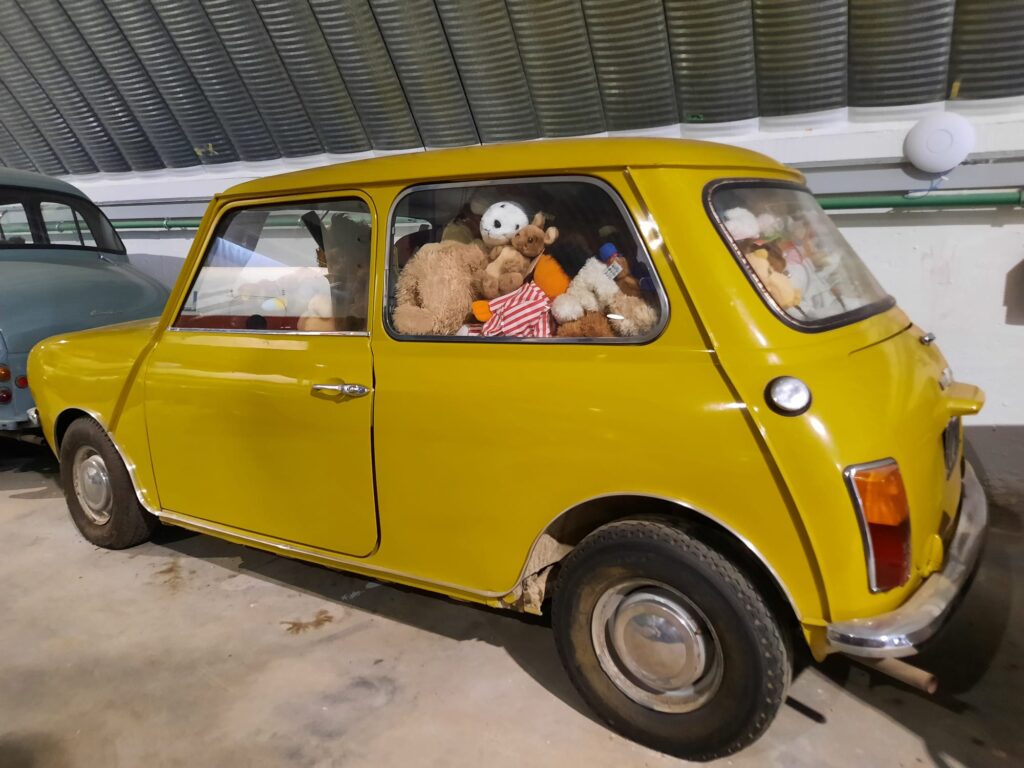
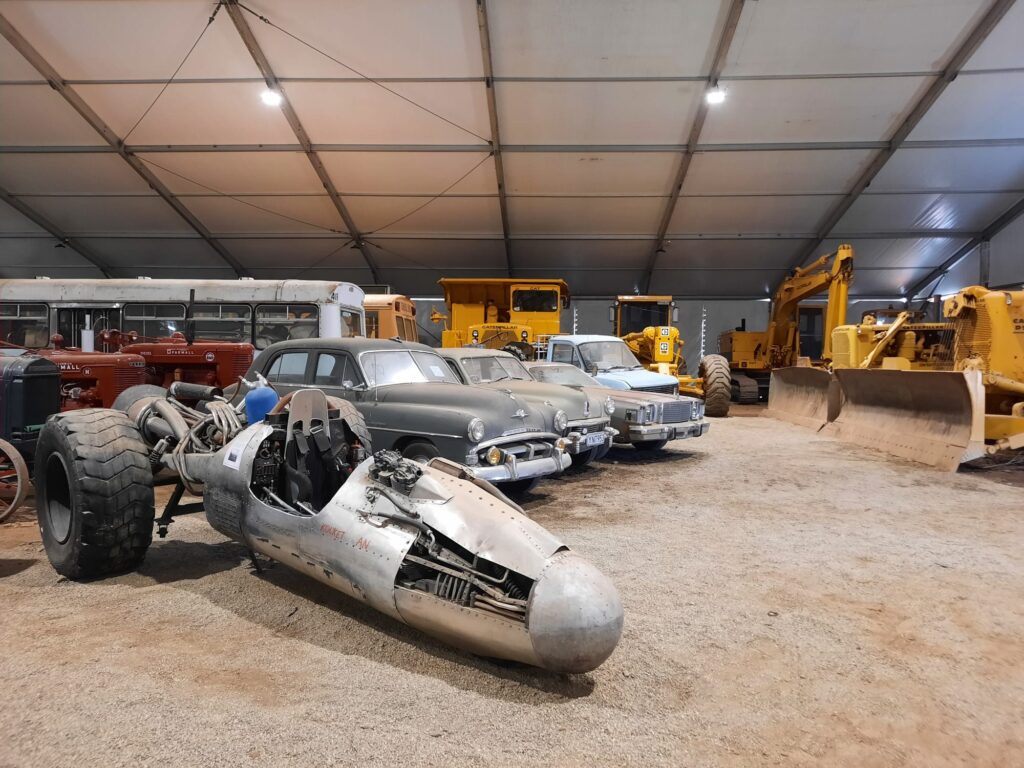
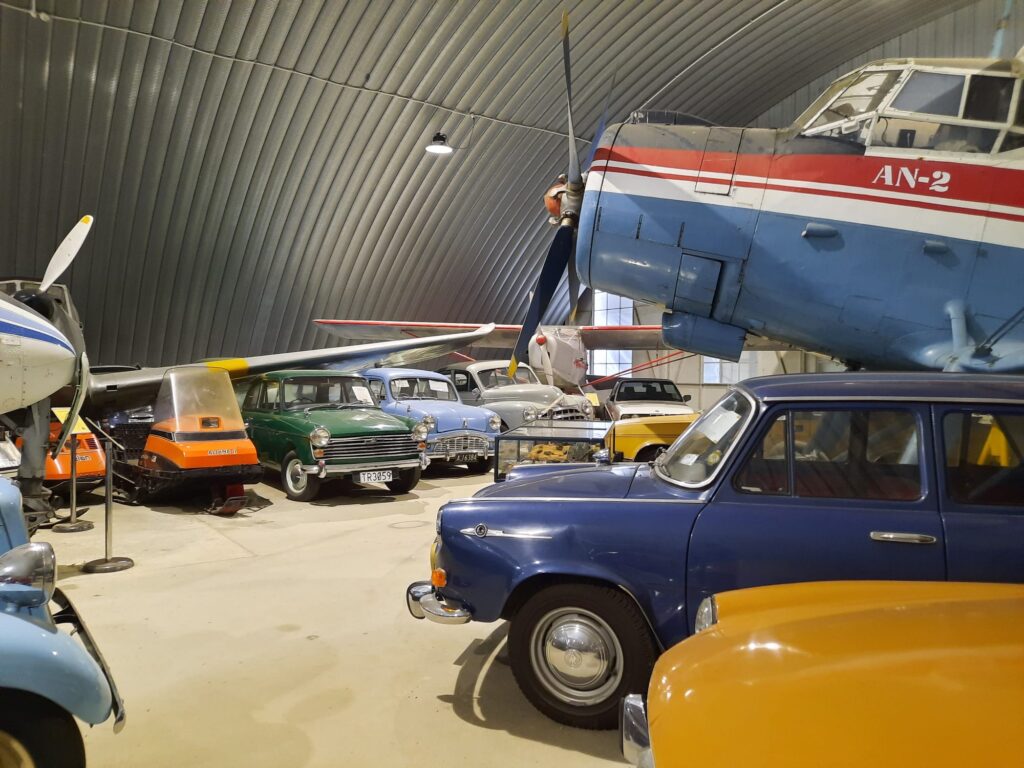
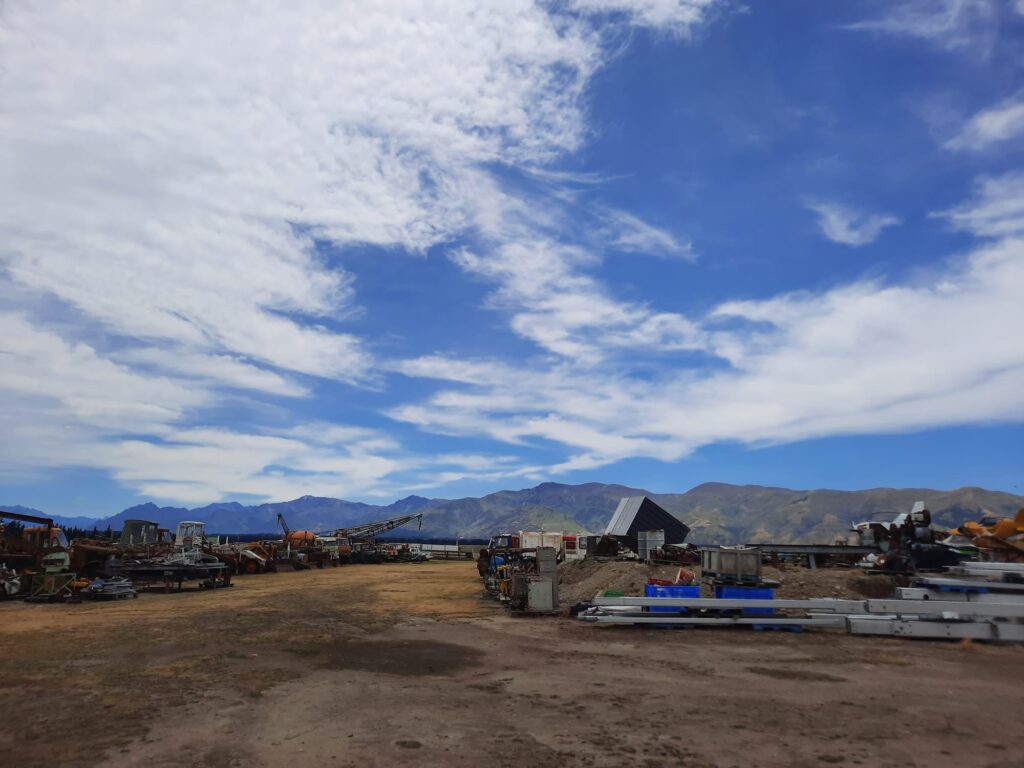
I Have Questions
Not to be picky, but there were a couple of questions rolling around in my mind as I explored the museum. And I’m going to share them with you now.
The first is for the museologists. What makes a museum a national museum? Nations are so different there isn’t any kind of universal consistency, of course. ICOM’s much-anticipated definition of a museum doesn’t go into that sort of detail. I happen to live in the UK, so let’s look at the Museums Association’s definition:
“National museums are run and funded directly by the central government of each UK nation. They are generally larger institutions that hold collections considered to be of national importance. All national museums in the UK offer free entry to their permanent collections.”
FAQs – Museums Association
The National Transport & Toy Museum is large. It holds a collection that must be of national importance. It’s not government-funded, but that part, and the free entry, are UK-specific. Museums Aotearoa, as far as I could find a definition, see museums and galleries as places “that care for and exhibit art and artifacts for the benefit of communities and our wider society.” The National Transport & Toy Museum would fit the bill, and are members of that organisation. I guess what I’m saying is, I was surprised that a private museum could also be a national museum. Maybe that’s me bringing my expectations from one national context into another.
The second question I had was, how many extra collections can you sneak in and still be a transport and toy museum? Because the Rhodes family, as alluded to above, have wide-ranging tastes. I don’t know how much is Gerald and how much is other family members, but there are spoons. There are bottles. There are computers. I think I remember lawnmowers. Old tools. Salt and pepper shakers. I even felt like old chairs were a collecting category, somehow, which was handy as I needed places to sit down from time to time. I’ve been to other museums that are monuments to the act of collecting itself, and loved them. See this one, for instance. It’s just that, typically, those museums are at a bit more of a remove from the original collector(s), and have undergone more of a curatorial process. Here you can almost see it happening still.
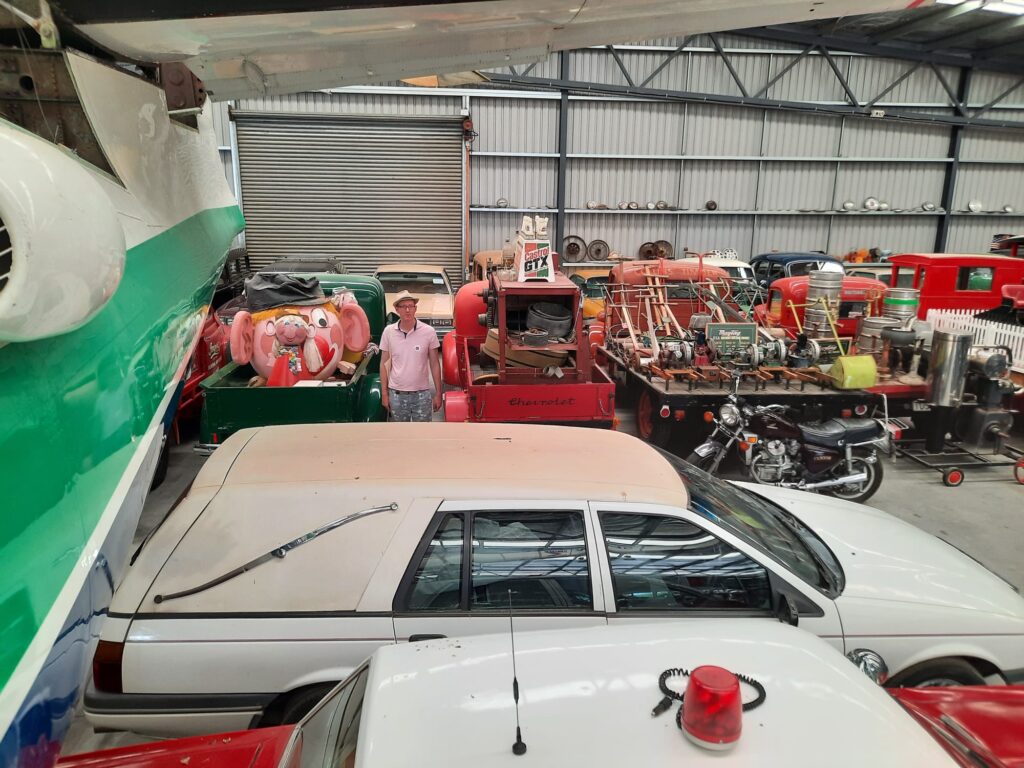
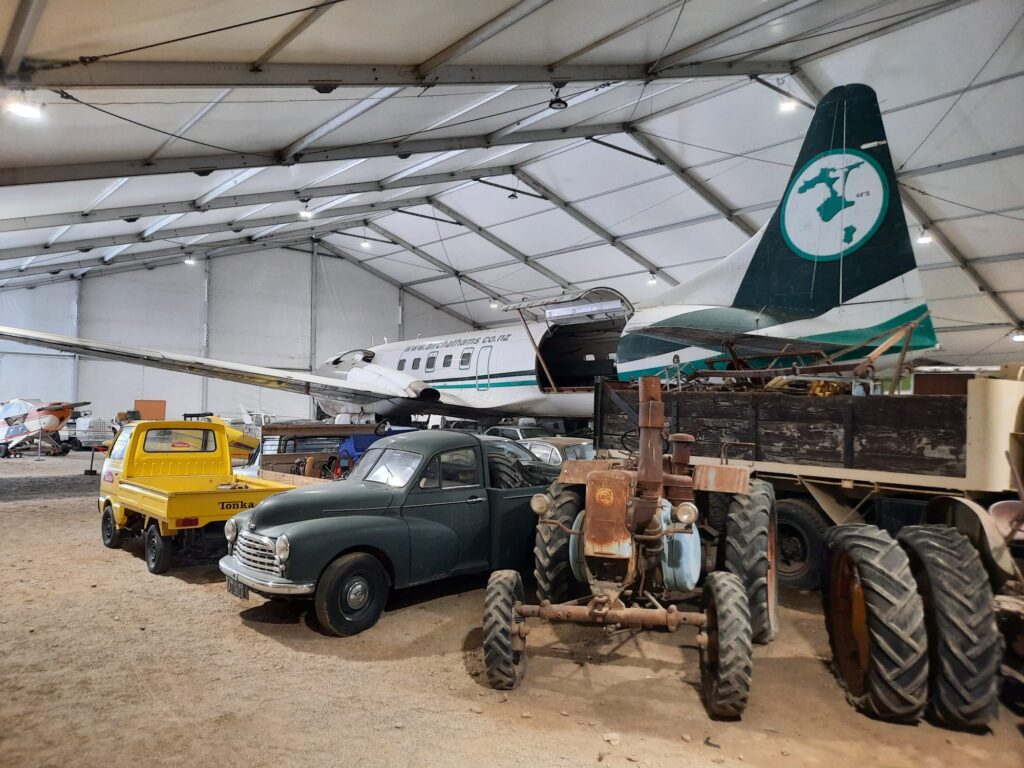


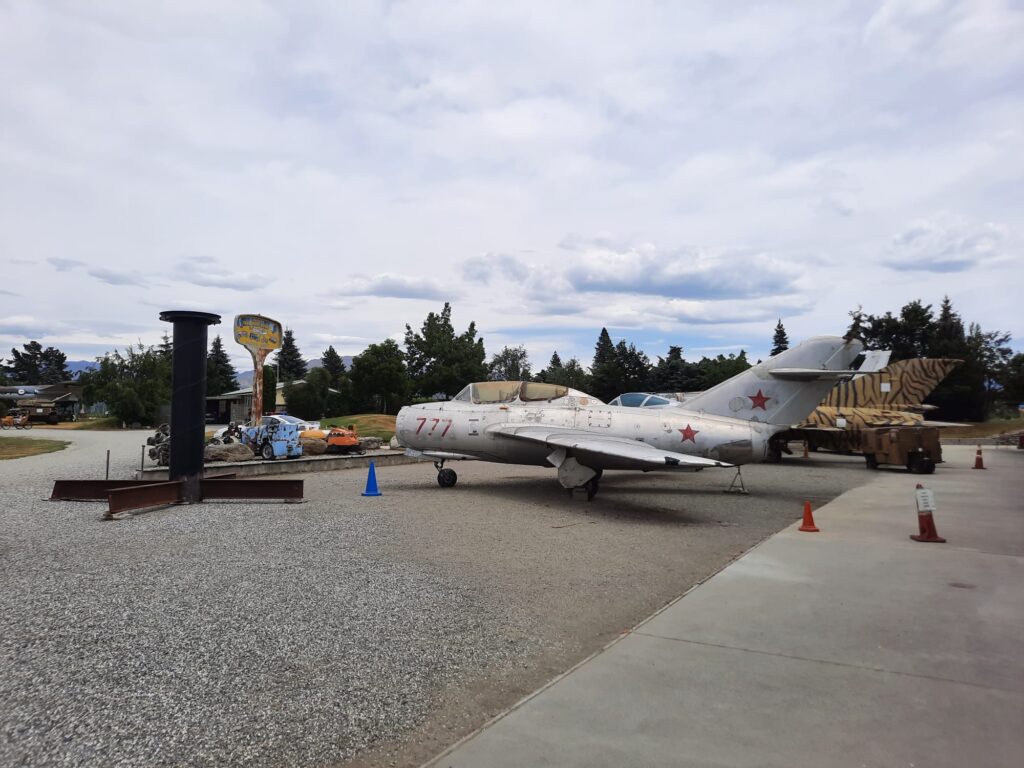
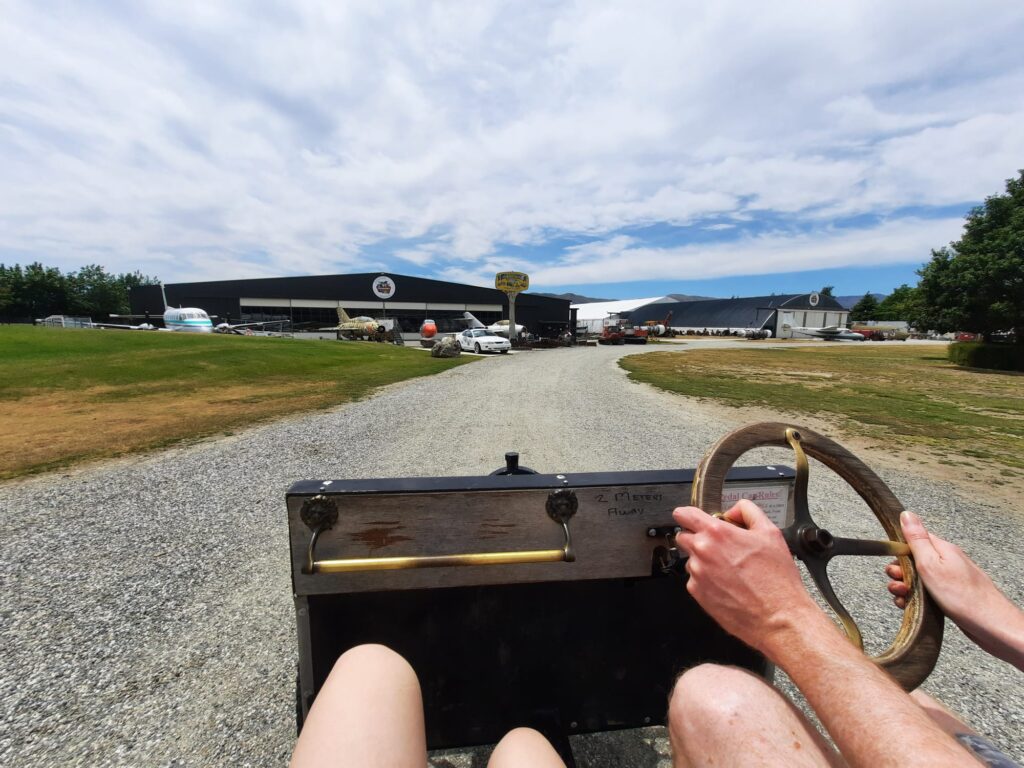
Final Thoughts on the National Transport & Toy Museum
So what does this all mean? Firstly, I think it goes to show that the National Transport & Toy Museum most definitely fulfils a museum’s function of creating a space for inspiration and conversation. It’s also one of those places where you get out of it what you want. I wandered around thinking about national museums and spotting secondary collections of different objects. I don’t think most visitors do that. But you can if you want to! Or you can just enjoy the broad array of vehicles, toys and other items of nostalgic or other interest.
Secondly, as I think you can see from the images above, this is actually a pretty vast museum. There were times, in fact, when I found it a little eerie, wandering around almost by myself in huge hangars. I think I’ve seen too many teen horror films in my time. Nobody jumped out at me from behind a vehicle of any sort. And while there were too many of them (vehicles, not jump scares) for me to take in all the makes, models, and other details, I enjoyed the variety and the fact that the ordinary and the extraordinary are preserved alongside each other.
I expect that the National Transport & Toy Museum mostly sees casual visitors who are in the area (except when the famous airshow Warbirds over Wanaka is taking place, in which case I would expect a much more knowledgeable clientele. The next show is in 2026). Either way, there’s something for most visitors. The transport might speak to you more than the toys, or vice versa. You might have little ones to entertain for the day, or have an interest in the collection yourself. It’s worth stopping in to see in either scenario. As far as private, family run museums go, this must be the most impressive undertaking physically speaking. It’s also an intriguing case study in collecting, preservation and interpretation on a large scale.
Oh, and don’t forget to set some time aside for the adult-sized pedal cars!
Salterton Arts Review’s rating: 3/5
Trending
If you see this after your page is loaded completely, leafletJS files are missing.

